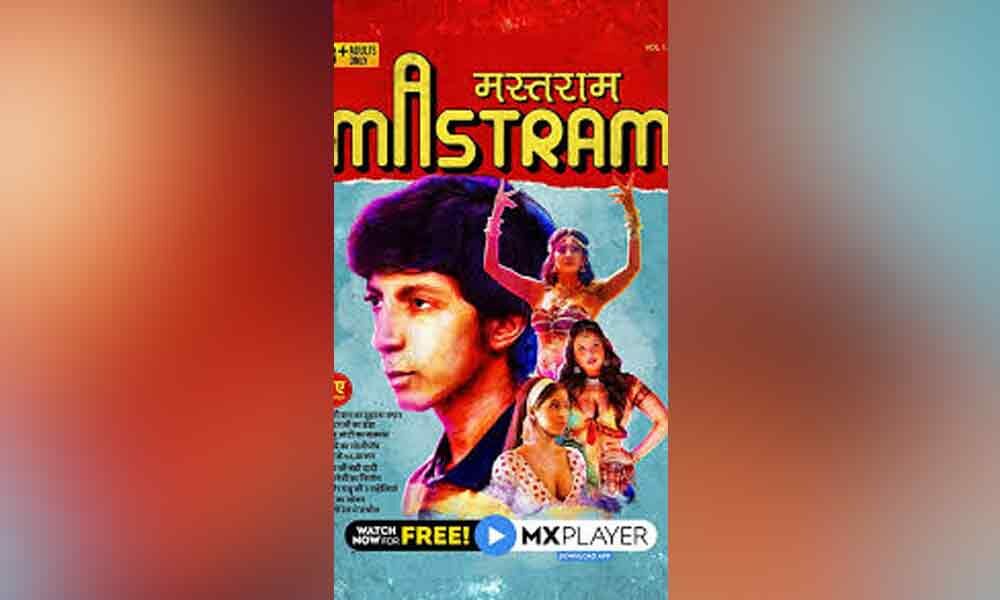
Mumtaz redefined the sari when she turned it into a figure-hugging, navel-bearing dress that you'd expect to see on Beyoncé, rather than in Bollywood. In the 1950s, the feisty Nadira added nuances to the roles of vamps and seductresses without ever downplaying their sexual appeal. Back in 1933, Devika Rani kissed her co-star and husband Himanshu Rai for a good four minutes in Karma. Look as far back as you want into Indian cinema and you'll find directors have found different ways of depicting passion and sexual chemistry on screen. These are topics that are rarely discussed, but filmmakers found ways to make their point. However, running parallel to this sexual drive is a conservatism about sex and sexuality. We picked up several copies in Delhi and even found a few in Dhanbad while shooting for Gangs of Wasseypur.”Ĭonsidering our exploding population, it doesn't take too much of an imagination to figure out that that India's got one helluva libido. Mastram is still available at railway stations and book markets. That’s when art was replaced by vulgar, cheap sleaze.

When these books became popular, other publishers also started publishing Mastram novels, getting other writers to write them. "He was an artist and a master storyteller. “The real Mastram used to weave his sentences together beautifully," said Jaiswal. But the popularity of his books and his reluctance to reveal himself inevitably led to other publishers finding their own Mastrams. Whether Jaiswal is right about Mastram’s motivations and circumstances, we can't tell since Mastram's real identity is shrouded in mystery. "That’s when we decided to make a fictionalised biography of his.” Jaiswal describes his film as “the story of a budding writer, whose circumstances force him to become a writer of erotica - something he doesn’t really want to do”.

“We tried very hard to find the real Mastram or people who published his writing, but couldn’t find anything," said Jaiswal.


 0 kommentar(er)
0 kommentar(er)
